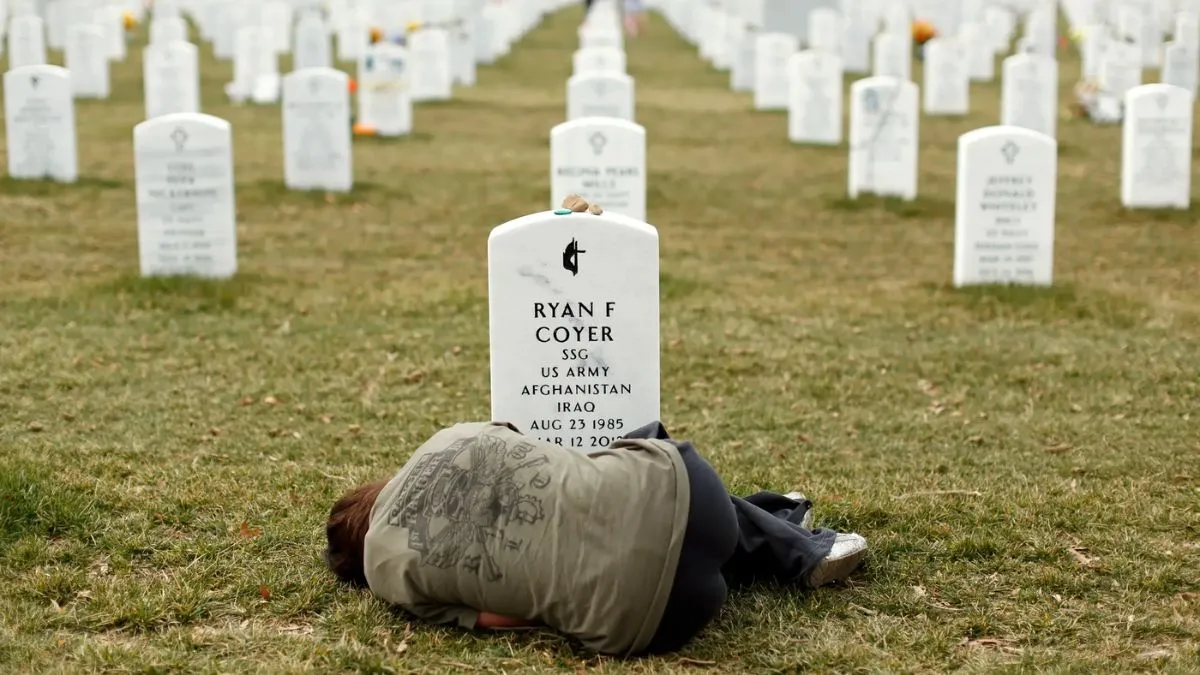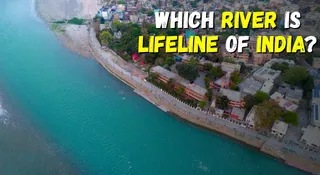- By Supratik Das
- Sat, 02 Aug 2025 02:07 PM (IST)
- Source:JND
Interesting facts from around the world: In a remarkable blend of satire and civic protest, a small Spanish town, Lanjaron, located in the Andalusian province of Granada, has found renewed fame for a decades-old law that makes it “illegal to die.” Originally issued in 1999 by then-mayor Jose Rubio, the symbolic edict was meant to draw attention to the town’s overcrowded cemetery and has now become an internet sensation. “It is hereby forbidden to die in Lanjarón,” the decree stated, in a move that was more theatrical than enforceable. “It is hereby forbidden to die in Lanjarón,” the decree stated, in a move that was more theatrical than enforceable.
The rule, while not legally binding, was aimed at pressuring regional authorities to expedite approvals for new burial grounds. At the time, the town’s only cemetery had run out of space, and bureaucratic delays had stalled any efforts to expand.
Comedic Protest With Substantive Message
Mayor Rubio’s tongue-in-cheek approach resonated with residents, who viewed the ban as both humorous and clever. “I’m just a mayor, above me is God,” Rubio had famously said. “But we all took the edict in good humor and with a real desire to solve the problem.” No one was ever fined or arrested under the so-called law, and its intent was symbolic, to call attention to a civic crisis through satire. Local media coverage at the time brought national attention to the town's crisis, but 26 years later, Lanjaron remains with only one cemetery, with no significant expansion on the books.
Recommended For You
Why It's Trending Again?
More recently, the curious decision of Lanjaron has been making the rounds on TikTok and other social media platforms. Travel vloggers and influencers have picked up the story, typically presented with captions such as "No death permitted here!", and have propelled the town to the international highlight reel. This is in line with Lanjaron's growing popularity among Gen Z travelers looking for alternatives to overcrowded Spanish destinations such as Barcelona and Mallorca. The town's status as a health retreat—renowned for its mineral springs and therapeutic spas, matters equally with its new reputation as a town where "death is prohibited."
ALSO READ: Did You Know? These Countries Are Creating Millionaires Faster Than US And India
Situated at the base of the Sierra Nevada mountains, Lanjaron is inhabited by approximately 4,000 people. It is famous for its therapeutic mineral springs, old balneario spa, and Water and Ham Festival (Fiesta del Agua y del Jamon) celebrated on or about June 24 on San Juan. Local industry comprises water bottling, agriculture (particularly olives, almonds, and grapes), and tourism. Its unhurried pace of life and emphasis on wellness render the town an appropriate setting for a joke regarding immortality.
Towns With A "Death Ban"
Lanjaron is not the sole town to make a symbolic gesture concerning death:
• Longyearbyen, Norway: Prohibited burials in 1950 because permafrost hinders decomposition. Terminally ill inhabitants are sent to the mainland.
• Cugnaux, France: Briefly prohibited dying until cemetery expansion permits were obtained.
ALSO READ: Did You Know? This Country Has No Airport, No Currency, Yet Richer Than UK and Safer Than Japan
These prohibitions, frequently amusing or pragmatic, highlight actual issues, ranging from urban planning issues to public health concerns. Where it began as a political spectacle, Lanjarón's death ban is now part of its cultural heritage, a quirk that says so much about resource constraints, infrastructure abandonment, and contemporary aspirations towards longer, healthier lives. As interest in anti-aging, biohacking, and wellness travel grows, Lanjaron’s decree feels oddly contemporary. Visitors are now drawn to the village not just for healing waters, but also for its quirky take on mortality.


-1761739871797_m.webp)



